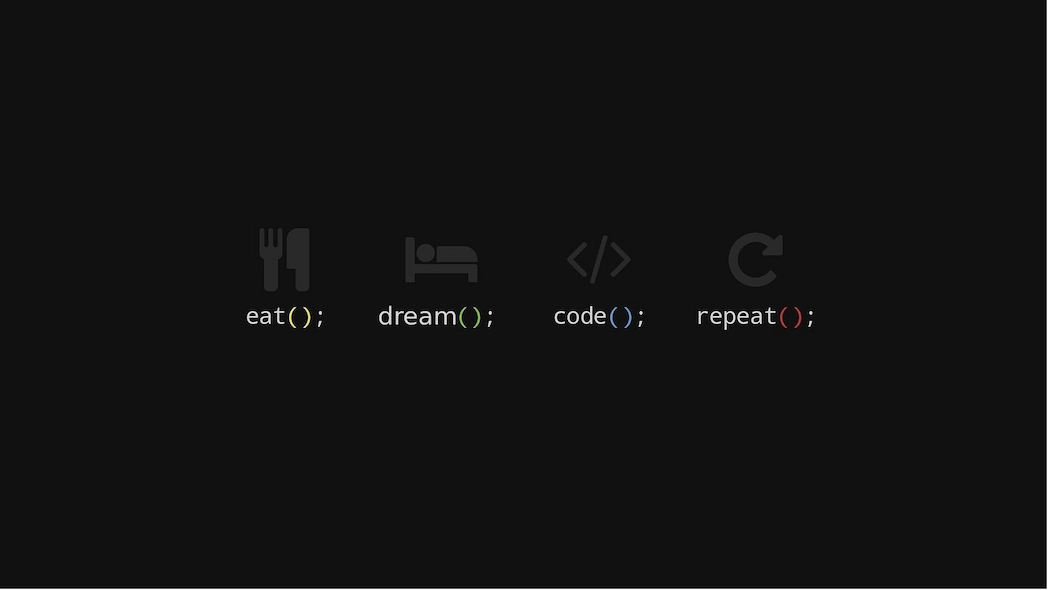


Duplicate Content (doppelter Inhalt) bezeichnet identischen oder sehr ähnlichen Text, der auf mehreren Webseiten oder innerhalb einer Website vorkommt. Dies kann ungewollt passieren (z. B. durch technische Fehler) oder absichtlich (z. B. durch das Kopieren von Inhalten). Duplicate Content wird von Suchmaschinen wie Google nicht gerne gesehen, da er die Nutzererfahrung beeinträchtigen und die Suchergebnisse verwässern kann.
Interner Duplicate Content: Der gleiche Inhalt wird auf verschiedenen URLs derselben Website angezeigt. Beispiel: Eine Seite ist über mehrere URLs erreichbar (z. B. mit und ohne „www“ oder mit unterschiedlichen Parametern in der URL).
Externer Duplicate Content: Der gleiche Inhalt erscheint auf mehreren verschiedenen Websites. Beispiel: Wenn ein Text von einer anderen Seite kopiert wurde oder wenn mehrere Seiten denselben Herstellertext für Produktbeschreibungen nutzen.
Duplicate Content sollte vermieden werden, um die Sichtbarkeit und Effektivität der Website zu maximieren.
Ein Canonical Link (oder „Canonical Tag“) ist ein HTML-Element, das verwendet wird, um Suchmaschinen wie Google zu signalisieren, welche URL die „kanonische“ oder bevorzugte Version einer Webseite ist. Es hilft dabei, Probleme durch Duplicate Content zu vermeiden, wenn mehrere URLs ähnliche oder identische Inhalte haben.
Wenn eine Website über mehrere URLs erreichbar ist (z. B. mit oder ohne „www“, mit oder ohne Parameter), könnten Suchmaschinen denken, es handele sich um verschiedene Seiten. Das kann dazu führen, dass das Ranking der Seite negativ beeinflusst wird, da die Relevanz auf mehrere URLs verteilt wird.
Mit einem Canonical Link wird klar angegeben, welche URL die Hauptversion sein soll.
Das Canonical-Tag wird im <head>-Bereich des HTML-Codes platziert, etwa so:
<link rel="canonical" href="https://www.beispielseite.de/bevorzugte-url" />Ein Onlineshop hat die gleichen Produkte unter verschiedenen URLs:
https://www.shop.de/produkt?farbe=blauhttps://www.shop.de/produkt?farbe=rotMit einem Canonical Tag wird festgelegt, dass z. B. https://www.shop.de/produkt die Haupt-URL ist.
Affiliate-Marketing ist eine Form des Online-Marketings, bei der Unternehmen (Merchants) ihre Produkte oder Dienstleistungen über Partner (Affiliates) bewerben lassen. Die Affiliates erhalten dafür eine Provision, wenn durch ihre Werbung eine gewünschte Aktion (z. B. ein Kauf, eine Anmeldung oder ein Klick) erfolgt. Es ist ein erfolgsbasiertes Modell, das sowohl für Merchants als auch für Affiliates attraktiv ist.
CPC steht für Cost per Click (Kosten pro Klick) und ist ein Abrechnungsmodell im Online-Marketing, insbesondere bei bezahlten Werbeanzeigen. Hierbei zahlt der Werbetreibende jedes Mal einen bestimmten Betrag, wenn ein Nutzer auf die Anzeige klickt.
Eine Webseite ist ein digitales Dokument, das über das Internet aufgerufen und in einem Webbrowser angezeigt werden kann. Sie ist Teil eines größeren Ganzen – einer Website – und enthält oft Texte, Bilder, Videos, Links und andere interaktive Elemente.
https://www.beispiel.de/kontakt.Eine Webseite wird von einem Webserver ausgeliefert und über das HTTP- oder HTTPS-Protokoll an den Browser des Nutzers übertragen. Der Browser interpretiert den Quellcode (HTML, CSS, JavaScript) und stellt die Seite grafisch dar.
Kurz gesagt: Eine Webseite ist ein einzelnes Dokument, das über das Internet aufgerufen wird und Informationen oder Dienste bereitstellt. Sie ist ein wichtiger Baustein einer Website, die aus mehreren solchen Seiten besteht.
Ein Backlink ist ein Link, der von einer externen Website auf deine eigene Website verweist. Man kann sich das wie eine Empfehlung oder einen Verweis vorstellen: Wenn eine andere Website auf deine Seite verlinkt, signalisiert das den Suchmaschinen, dass deine Inhalte relevant und vertrauenswürdig sein könnten.
SEO-Ranking-Faktor:
Suchmaschinen wie Google bewerten Backlinks als eines der wichtigsten Kriterien für die Relevanz und Autorität einer Website. Je mehr hochwertige Backlinks eine Seite hat, desto besser kann sie in den Suchergebnissen ranken.
Traffic-Quelle:
Backlinks bringen direkten Traffic auf deine Seite, wenn Nutzer auf den Link klicken.
Reputation und Vertrauen:
Links von bekannten und vertrauenswürdigen Seiten (z. B. Nachrichtenportalen oder Branchenführern) stärken die Glaubwürdigkeit deiner Website.
DoFollow-Backlinks:
Diese übertragen Linkjuice (Linkkraft), der das SEO-Ranking positiv beeinflusst.
NoFollow-Backlinks:
Diese signalisieren den Suchmaschinen, dass sie dem Link nicht folgen sollen. Sie beeinflussen das Ranking weniger, können aber trotzdem Traffic bringen.
SEM steht für Search Engine Marketing (Suchmaschinenmarketing) und bezeichnet alle Maßnahmen, die darauf abzielen, die Sichtbarkeit einer Website in Suchmaschinen wie Google, Bing oder Yahoo zu erhöhen. SEM teilt sich in zwei Hauptbereiche auf: